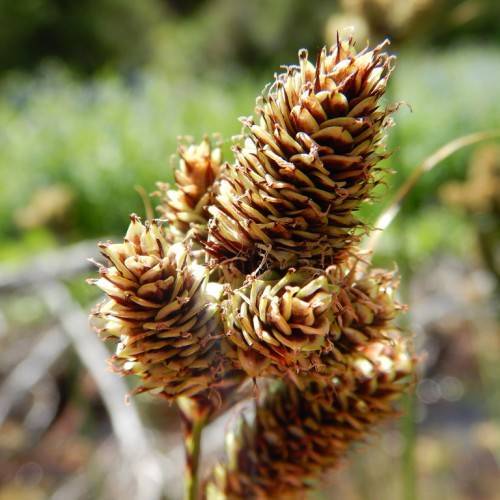
Blackened Sedge
Carex epapillosa
Watering:
Minimal
Hardiness Zone:
Flowers:
Flowers
Sun:
Sun, Partial Shade
Leaf:
Yes
Growth Rate:
Low
Drought Tolerant:
Yes
Salt Tolerant:
Yes
watering
For optimal growth and health, Emory's Sedge should be kept consistently moist. Water the plant deeply once or twice each week, making sure the root system is soaked. Avoid watering too frequently since this can lead to root rot, and also avoid over-watering as this can cause the plant to droop and yellow. Instead of watering a light sprinkle on a regular basis, it's better to give it a good soak every 7-10 days. Make sure to water in the morning, giving it time to absorb the moisture during the day before the temperatures cool down.
sunlight
Emory's Sedge, or Carex emoryi, prefers to grow in moist locations and in full sunlight. It is an ideal species for wetlands, ponds, or other areas with wet, moist soil. In the wild, the plant typically receives full sunlight for most of the day, however it is important to note that differing levels and amount of sunlight can be tolerated. For best results, Emory's Sedge should receive 4-6 hours of direct sunlight per day or 7-8 hours of indirect sunlight per day. To provide the best environment for this species of plant, it is recommended that it be planted in an area of the garden that gets full sun for at least half of the day.
pruning
Emory's Sedge should be pruned at the end of summer or early fall. It can be lightly sheared or clipped to control its size and shape. Pruning should be done only to the extent needed to keep the plant in bounds and should not be excessive. If severe pruning is necessary, it should be done in early spring before the new growth emerges. Pruning can also be done at any time if the plant becomes overgrown or unruly.
